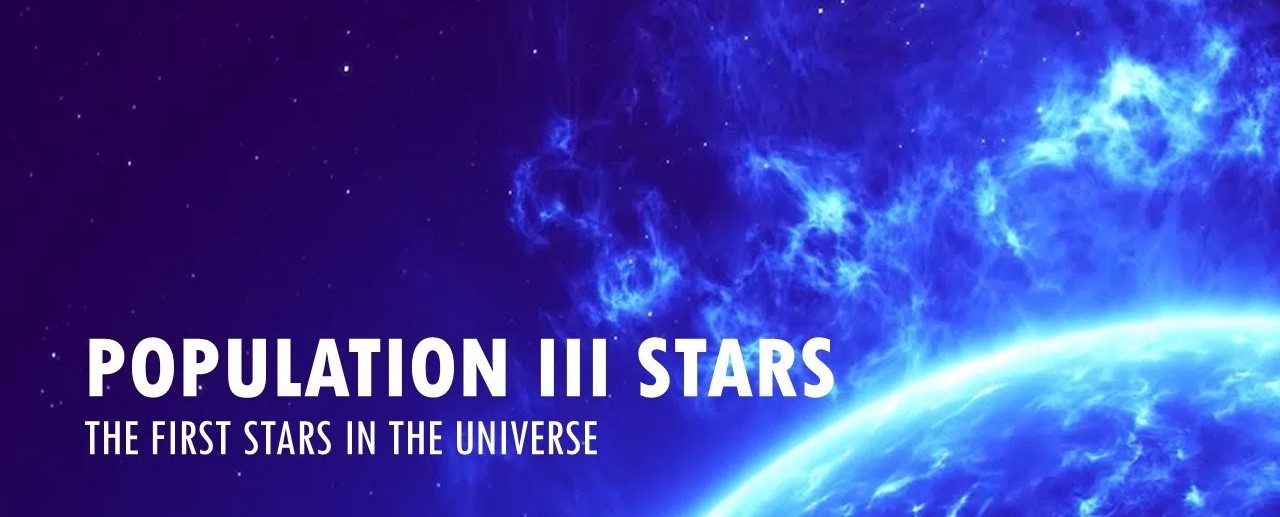
Population III stars, also known as the first generation of stars, hold a special place in the history of the universe. Born shortly after the Big Bang, these celestial objects are shrouded in mystery, as they existed billions of years before the formation of the more common Population I and II stars. Studying Population III stars provides invaluable insights into the early stages of the universe and the processes that shaped it. In this article, we will dive into the fascinating world of Population III stars and explore 19 mind-blowing facts that will leave you in awe of their sheer magnificence and significance. So, buckle up and get ready for an enlightening journey through the cosmos!
Key Takeaways:
- Population III stars, the first stars in the universe, were massive, short-lived, and responsible for creating heavy elements. Their discovery would revolutionize our understanding of cosmic evolution and the early universe.
- Studying Population III stars could unlock secrets about the formation of galaxies, supermassive black holes, and even the elements necessary for life. Their detection would be a game-changer in astronomy!
Population III stars are the first generation of stars in the universe.
These stars were formed shortly after the Big Bang and are composed almost entirely of hydrogen and helium.
Population III stars are extremely massive.
They can have masses hundreds of times greater than that of our Sun.
Population III stars have very short lifespans.
Due to their high mass, they burn through their fuel quickly and have lifetimes of just a few million years.
Population III stars are responsible for the production of heavy elements.
Through nuclear fusion, these stars created the building blocks for future generations of stars and galaxies.
Population III stars emit intense ultraviolet radiation.
This radiation is capable of ionizing the surrounding gas, marking the transition from the dark ages to the cosmic dawn.
Population III stars played a crucial role in the reionization of the universe.
They ionized the neutral hydrogen that filled the early universe, allowing light to travel freely.
Population III stars are extremely rare in the present universe.
As newer generations of stars formed and enriched the universe with heavier elements, Population III stars became less common.
The first Population III star has not been directly observed.
Since these stars are extremely distant and faint, their detection remains a challenge for astronomers.
Detecting Population III stars can provide insights into the early universe.
Studying these stars can offer valuable information about the conditions and processes that existed in the early stages of cosmic evolution.
Population III stars are thought to have influenced the formation of galaxies.
Their intense radiation and energetic supernovae could have played a role in shaping the structure of the universe.
Population III stars are considered the “missing link” in our understanding of cosmic evolution.
Studying these stars can help bridge the gap between the early universe and the formation of the first galaxies.
The discovery of a Population III star would be groundbreaking.
It would confirm theories about the early universe and provide valuable insights into stellar and galactic evolution.
The James Webb Space Telescope may be able to detect Population III stars.
With its advanced capabilities, this upcoming space telescope could potentially observe these ancient stars.
Population III stars are believed to have influenced the formation of supermassive black holes.
The remnants of these massive stars could have collapsed to form the seeds of the supermassive black holes found in galaxies today.
Population III stars could have played a role in the creation of the elements necessary for life.
Through supernova explosions, these stars could have dispersed heavy elements like carbon, oxygen, and nitrogen into the universe.
The study of Population III stars is an active area of research.
Astronomers are using simulations and theoretical models to understand the properties and formation of these elusive stars.
Population III stars could hold clues about the nature of dark matter.
The gravitational effects of dark matter on the formation and evolution of these stars could provide insights into its properties.
The search for Population III stars involves both ground-based and space-based telescopes.
Scientists utilize a range of observatories and instruments to study the early universe and search for these ancient stellar objects.
The discovery of a Population III star would rewrite our understanding of the early universe.
It would be a monumental milestone in astronomy and open up new avenues for studying the origins of galaxies and stars.
Conclusion
In conclusion, population III stars are truly fascinating celestial objects that have played a crucial role in shaping the universe as we know it. These primordial stars were the first stars to form after the Big Bang and are believed to be incredibly massive and short-lived. They have influenced the formation of galaxies, the distribution of elements, and the development of subsequent generations of stars.The mind-blowing facts about population III stars highlight their significance in astrophysics and our understanding of the early universe. From their immense size and luminosity to their role in the creation of heavy elements, these stars have left a lasting impact on the cosmos.As research continues, scientists are uncovering more secrets about these ancient stars, expanding our knowledge of the universe’s origins. Studying population III stars not only allows us to delve deeper into the mysteries of the cosmos but also provides valuable insights into the fundamental processes that govern stellar evolution and the formation of galaxies.
FAQs
Q: What are population III stars?
A: Population III stars are the first generation of stars that formed in the universe, composed purely of hydrogen and helium.
Q: How do population III stars differ from other stars?
A: Population III stars are much larger and hotter than modern stars, with some estimates suggesting they could be thousands of times more massive.
Q: Do population III stars still exist today?
A: Population III stars are believed to have lived short lives and likely no longer exist. However, the remnants of these stars might still be detectable in certain astronomical observations.
Q: What is the significance of population III stars?
A: Population III stars played a crucial role in the evolution of the universe, as they were responsible for the synthesis of heavy elements, which were later incorporated into subsequent generations of stars and planetary systems.
Q: How do scientists study population III stars?
A: Since population III stars are no longer observable directly, scientists study them indirectly by searching for their remnants and using computer simulations and theoretical models to understand their properties and effects on the early universe.
Fascinating facts about Population III stars have piqued your curiosity, but there's more to explore in the realm of cosmic wonders. Unravel the mysteries of the early universe and its rapid expansion through enigmatic cosmic inflation models. Journey through the captivating process of star formation and discover how celestial bodies come into existence. Dive deeper into the awe-inspiring field of astrophysics, where groundbreaking discoveries await at every turn. Embark on a thrilling adventure through the cosmos and expand your understanding of the universe's most mind-blowing phenomena.
Was this page helpful?
Our commitment to delivering trustworthy and engaging content is at the heart of what we do. Each fact on our site is contributed by real users like you, bringing a wealth of diverse insights and information. To ensure the highest standards of accuracy and reliability, our dedicated editors meticulously review each submission. This process guarantees that the facts we share are not only fascinating but also credible. Trust in our commitment to quality and authenticity as you explore and learn with us.


